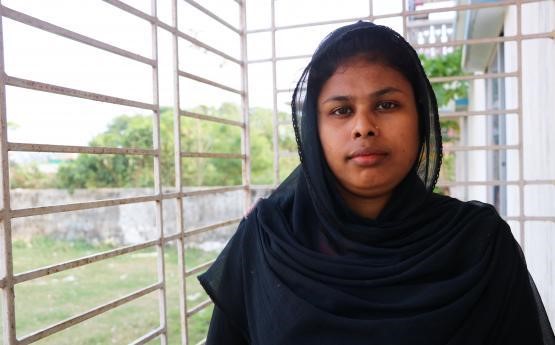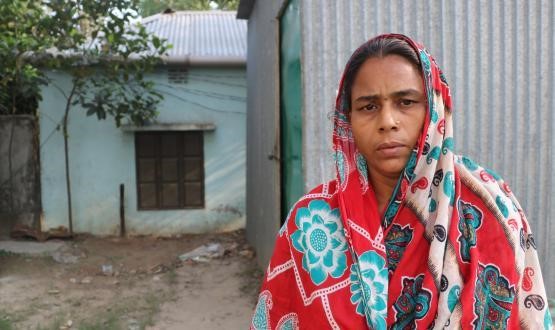

The 24th of April 2018 marks the 5th anniversary of the Rana Plaza tragedy. The massive collapse killed more than 1135 garments workers and left 2438 workers, who were rescued alive, in physical and psychological trauma.
When the Rana Plaza disaster took place, I was working as a journalist for a television channel. I covered the deadly disaster from the very first day. It was a horrible experience, indeed, to witness so many dead bodies, scarred faces, wounded body parts and the weeping faces of the survivors beneath the collapsed roof. As a journalist, I had the opportunity to go inside and witness the situation first hand. I can recall that I could not eat during the day, nor sleep at night. Even after the rescue operations concluded, I could not sleep for months. I still see corpses, blood, families crying and survivors wailing every time I think of the heart-wrenching disaster. I can barely contain my emotions. These emotions and realities remind me of the challenging situations the survivors face in their daily lives.
As we approach the fifth anniversary, we talked with some survivors to know their current situation. Minu Akhter is one of them who worked in a factory housed on the 3rd floor of Rana Plaza. Trapped in the rubbles, Minu was rescued three days after the collapse. She still suffers from trauma.

I am always sick- not a day goes by when I am not sick.
Our case study, Invisible Scars shows many survivors still suffer from physical and mental trauma.We have also tried to perceive the livelihood situation of survivors. We talked with Nur Jahan (40), who worked as a cleaner in the 6th floor of Rana Plaza. She sustained injuries on her head and chest, which did not allow her to work for three years following the disaster. During that time, she depended entirely on the financial assistance she received as she is the sole breadwinner of the family. Nur Jahan spent some of the money for her daughter’s marriage and her children’s education. When she eventually went back to wage employment, she could not imagine going back to garments factories as the fear was very much a part of her everyday life.
Nur Jahan is one of the three stories of a case study titled Those struggling alone. The stories show the struggles survivors are going through for their livelihood.

From our video documentary on two survivors, Sajeda Begum & Shajahan, we see how they are coping despite the continuous struggles.
I am still undergoing treatment. I need it and I pay for it. At present I get no health care support from any source
said Shajahan Salim when we were talking with him.
ActionAid Bangladesh (AAB) has worked closely with the survivors and families of the deceased since the Rana Plaza incident. AAB provided emergency support during the rescue and developed a comprehensive database of approximately 1500 survivors. Since 2013, AAB has been using the database to periodically collect information to track the progress of the survivors and families of the deceased. This year AAB has followed up with 200 survivors to produce the report titled Invisible Scars: Five Years After Rana Plaza.
The report shows 48.5% of the survivors injured in the Rana Plaza tragedy are still incapable of working due to the physical and mental complications caused by the catastrophe. The survey also found that for 12% of the survivors their physical health is deteriorating, 22% are still mentally traumatized and 21.6% are working as day laborers.
ActionAid revealed the report on 17th April at an event, where representatives from the government, factory owners, foreign buyers and brands, workers’ rights organizations and Rana Plaza survivors were present.
Addressing the report, MM Akash, Professor in the Economics Department of Dhaka University said, “The victims of Rana Plaza received some money as a primary compensation following the incident but they have not been able to cope with the long-term issues that have followed.”